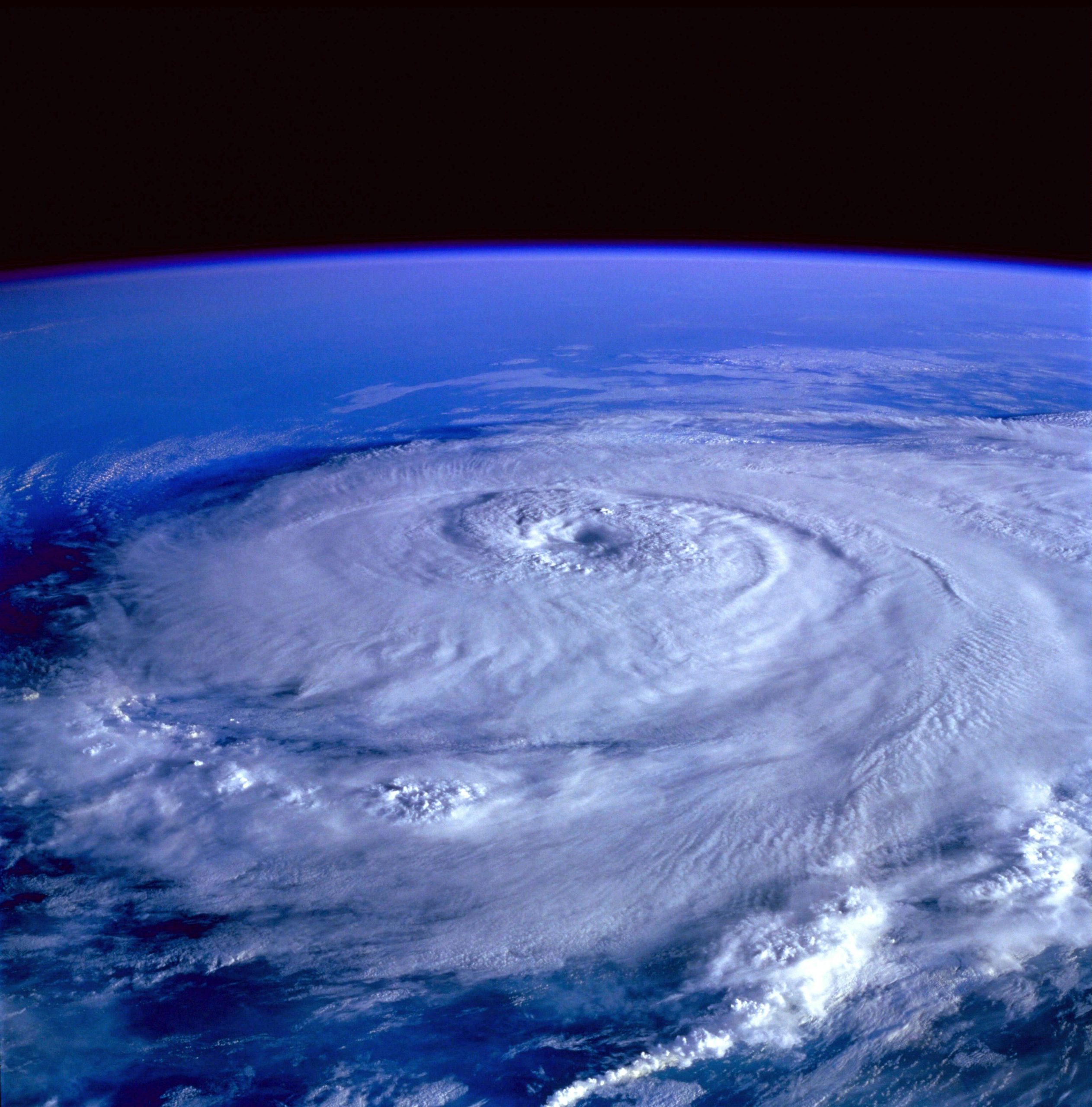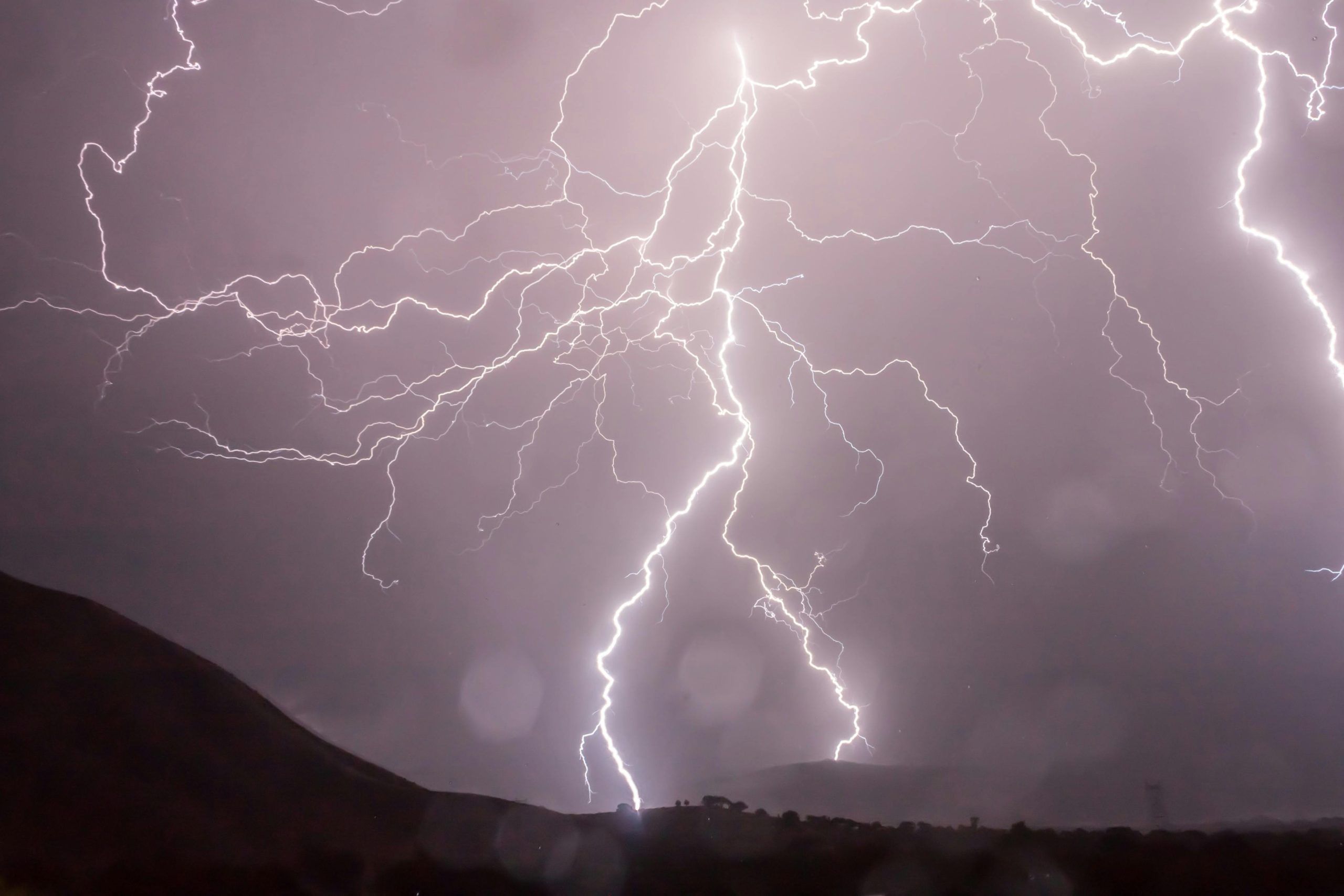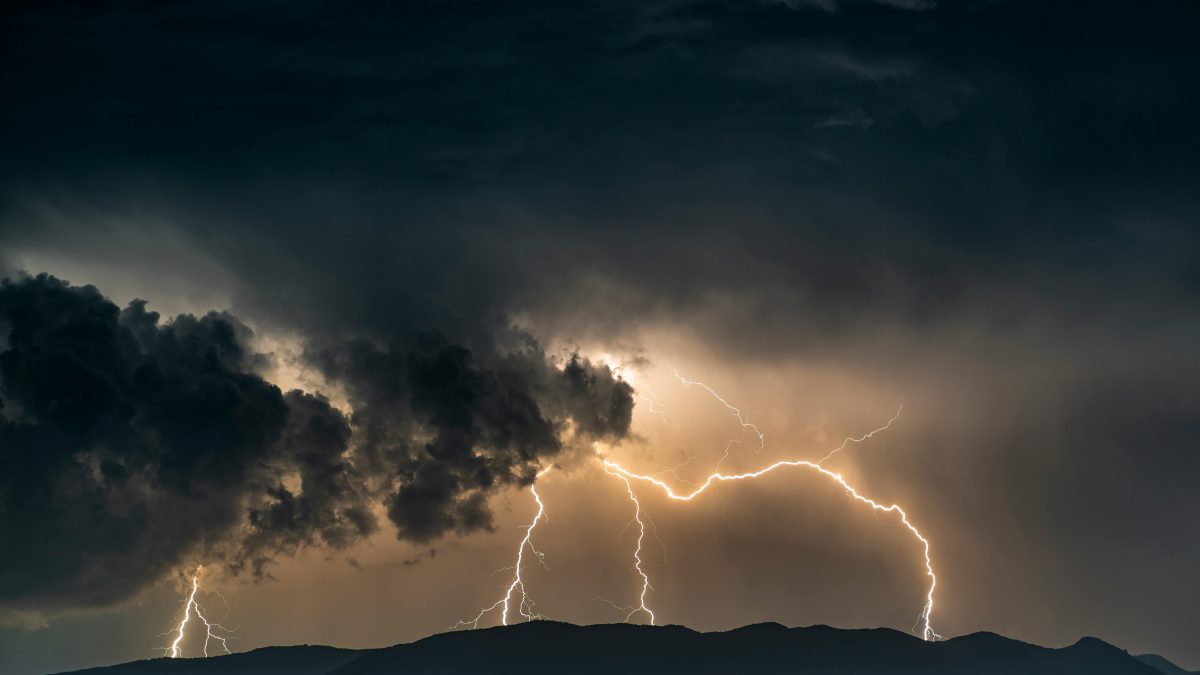In a country like the Philippines, where tropical cyclones are a recurring threat, staying informed about weather conditions is crucial for individuals and communities to prepare and mitigate risks effectively. The Philippine Atmospheric, Geophysical, and Astronomical Services Administration (PAGASA) plays a pivotal role in providing timely and accurate weather forecasts and advisories, including the issuance of Public Storm Warning Signals (PSWS). Let’s delve into the significance of PSWS and how they guide preparedness and response efforts during adverse weather events.

What Are Public Storm Warning Signals?
Public Storm Warning Signals are a set of advisories issued by PAGASA to alert the public about the potential impact of an approaching tropical cyclone, such as a tropical depression, tropical storm, or typhoon. These signals are categorized into four levels, with each level indicating the intensity of the weather disturbance and the corresponding precautions that individuals and communities should take.
Understanding the PSWS Categories
1. PSWS No. 1: This signal is raised when a tropical cyclone is expected to affect a particular area within the next 36 hours. PSWS No. 1 signifies the onset of relatively strong winds (30-60 km/h) that may cause minor damage to structures, particularly those made of light materials. Residents are advised to secure loose objects, trim tree branches, and monitor further updates from PAGASA.
2. PSWS No. 2: When a tropical cyclone poses a greater threat and is expected to bring stronger winds (61-120 km/h) within the next 24 hours, PAGASA issues PSWS No. 2 for the affected areas. At this level, preparations for possible evacuation and securing of properties become more urgent. Residents are advised to stay indoors, reinforce windows and doors, and be ready to evacuate if necessary.
3. PSWS No. 3: PSWS No. 3 is raised when a tropical cyclone intensifies further, with the likelihood of bringing even stronger winds (121-170 km/h) and heavier rainfall within the next 18 hours. At this stage, residents in high-risk areas, particularly those living near coastlines and riverbanks, are urged to evacuate to safer locations. Preparations for possible power outages and disruptions to transportation and communication networks are also emphasized.
4. PSWS No. 4: The highest level of Public Storm Warning Signal, PSWS No. 4, is issued when a powerful tropical cyclone poses an imminent threat of catastrophic damage, with winds exceeding 171 km/h expected within the next 12 hours. At this critical stage, widespread evacuation is recommended for residents in high-risk areas, as well as the suspension of maritime and aviation activities. Emergency response agencies and local government units are mobilized to ensure the safety and welfare of affected communities.

Responding to Public Storm Warning Signals
In response to PSWS advisories, individuals, communities, and government agencies must take proactive measures to prepare for and respond to the impending weather disturbance. Some key actions to consider include:
1. Monitoring Updates: Stay tuned to official weather updates from PAGASA through radio broadcasts, television, social media, and other communication channels. Regularly check for updates on PSWS advisories and heed the recommendations provided.
2. Preparing Emergency Kits: Prepare emergency kits containing essential supplies such as food, water, medications, flashlights, batteries, first aid supplies, and important documents. Ensure that your emergency kit is easily accessible and sufficient to sustain your household for at least three days.
3. Securing Property: Take steps to secure your property by reinforcing windows and doors, clearing gutters and drains, and securing loose objects that may become projectiles in strong winds. Trim tree branches that could pose a hazard during the storm.
4. Evacuation Planning: Familiarize yourself with evacuation routes and designated shelters in your area. If residing in a high-risk zone, follow evacuation orders issued by local authorities and evacuate to safer locations as directed.
5. Community Preparedness: Engage with your community and participate in disaster preparedness activities, such as barangay meetings, drills, and trainings. Collaborate with local government units and volunteer organizations to enhance community resilience and response capabilities.
Public Storm Warning Signals serve as vital tools for informing and guiding preparedness and response efforts during tropical cyclones and severe weather events in the Philippines. By understanding the significance of PSWS advisories and taking proactive measures to prepare for adverse weather conditions, individuals and communities can minimize risks, protect lives and property, and enhance resilience in the face of natural disasters. Stay informed, stay prepared, and stay safe.
Antonia Zivcic
Related posts
New Articles
Game Developer Salary: Junior vs. Senior Levels
Ever wondered how much a game developer makes? Whether you’re just starting out or already dreaming in lines of code,…


